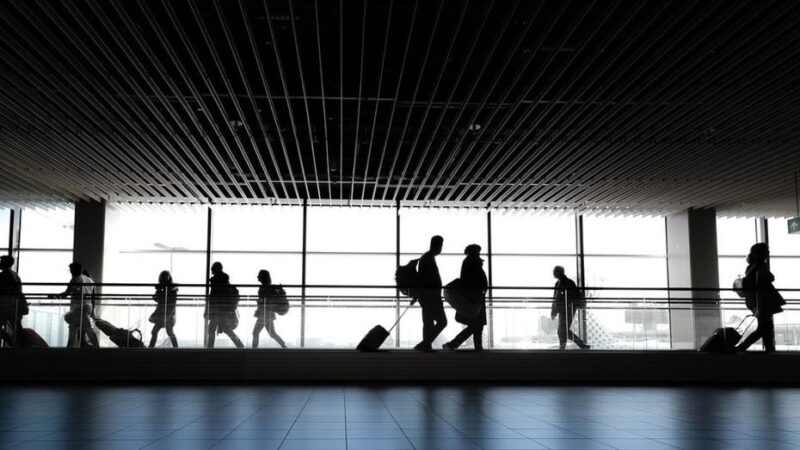Airlines Consider Weight-Based Fees: Will Heavier Passengers Pay More?

The Evolution of Airline Fees
In 2008, American Airlines made a significant change in the airline industry by becoming the first major U.S. carrier to charge fees for checked baggage. This $15 fee was introduced as a cost-cutting measure, and since then, the trend has proliferated, with many airlines implementing similar charges that have steadily increased over the years. Now, a new discussion is unfolding regarding the potential for airlines to impose fees based on passenger weight, a strategy aimed at reducing fuel consumption and emissions.
Weight-Based Pricing: A Controversial Concept
The idea of charging passengers according to their weight isn’t entirely new. In 2013, Samoa Air introduced a “fat tax,” where ticket prices were determined by the passenger’s weight. However, this model did not gain widespread acceptance. Fast forward to February 2024, and Finnair has taken a different approach by expanding its weight data collection initiative. The airline is currently inviting passengers to voluntarily weigh themselves along with their carry-on luggage at Helsinki Airport. This initiative will last for three months and will apply to both short flights within the Schengen area and longer international routes.
Finnair’s method is designed to maintain anonymity; only general demographics such as age, gender, and travel class are recorded alongside the weight data. The information collected aims to enhance the airline’s aircraft balance and loading calculations for the operational period from 2025 to 2030. This initiative signifies a heightened interest in the airline industry regarding weight-based strategies for improving operational efficiency and potentially reshaping pricing models.
Public Opinion on Weight-Based Fees
A recent study conducted with 1,012 U.S. adults examined public sentiment regarding weight-based airline fees. The study presented three pricing models: a standard fare with a luggage limit, a “weight threshold” where passengers over 160 pounds would incur additional charges, and a body weight model where ticket prices would be directly linked to each individual’s weight.
The findings revealed that lighter passengers tended to support weight-based fees more than heavier passengers, who generally preferred the existing pricing structure. Interestingly, nearly half of the heavier respondents expressed openness to the concept. Younger travelers, frequent flyers, and those with higher incomes were more inclined to favor the idea of weight-based charges. However, a significant concern emerged regarding fairness, with nearly 60% of participants worrying about potential discrimination associated with such a pricing model.
Environmental Implications of Weight-Based Pricing
The potential shift to weight-based pricing in the airline industry extends beyond mere economics; it raises critical environmental and social justice issues. Climate researchers argue that implementing a weight-based fee structure could lead to a notable decrease in carbon emissions by directly linking passenger weight to fuel consumption. Research indicates that even a minor reduction in total aircraft weight could result in substantial fuel savings. For instance, it is estimated that reducing an aircraft’s weight by 1% could yield approximately 0.75% in fuel savings.
Despite the compelling data supporting weight-sensitive pricing strategies, the approach also raises significant ethical questions regarding body diversity and accessibility. Advocacy groups argue that such pricing could disproportionately affect individuals with medical conditions or physical differences that are beyond their control.
Looking Ahead: Alternative Solutions
While the discussion around weight-based pricing continues, advancements in aviation technology, such as the development of lightweight materials and more fuel-efficient aircraft designs, may offer alternative solutions to addressing the industry’s carbon footprint. As the airline sector navigates these complex considerations, it must balance environmental responsibility with economic efficiency and an inclusive customer experience.
Conclusion: The Future of Airline Pricing
Though there is growing interest in exploring weight-based charges, the societal implications and potential for discrimination pose challenges that need careful consideration. As airlines seek innovative ways to minimize fuel costs and their environmental impact, any movement toward weight-based pricing will require a careful examination of fairness and public opinion.
We invite you to share your thoughts: Should airlines implement weight-based pricing to mitigate emissions, or are there more effective strategies to enhance ecological sustainability in air travel?

